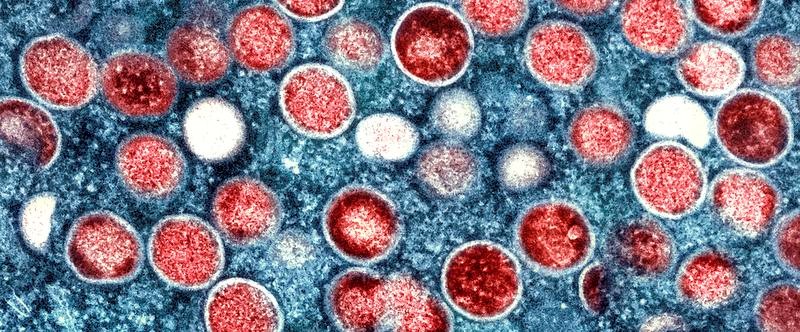Free Courses Sale ends Soon, Get It Now


Free Courses Sale ends Soon, Get It Now



Source: Hindu
Disclaimer: Copyright infringement not intended.
Context
Details
Historical Context
Evolutionary Mechanisms
Genomic Accordions
Recent study
Outbreak Dynamics:
Outbreak in the DRC:
Genomic Surveillance:
About Mpox
History:
Virus Types:
Transmission:
About Poxvirus
Classification:
Human Diseases:
Clinical Manifestations:
Transmission:
History:
Sources:
|
PRACTICE QUESTION Q. Genomic accordions play a pivotal role in the evolution and adaptation of mpox virus, influencing its virulence, transmissibility, and epidemic potential. Discuss. (250 Words) |
© 2024 iasgyan. All right reserved